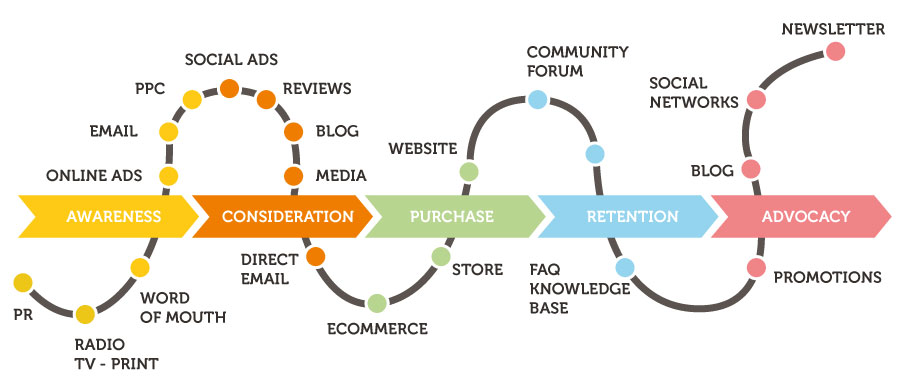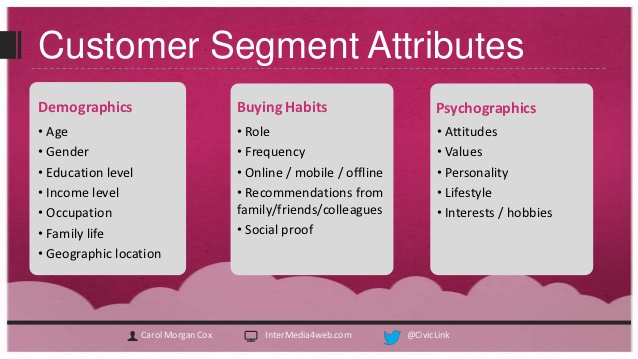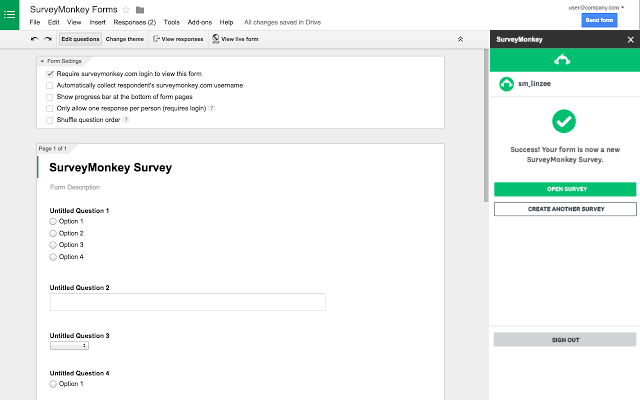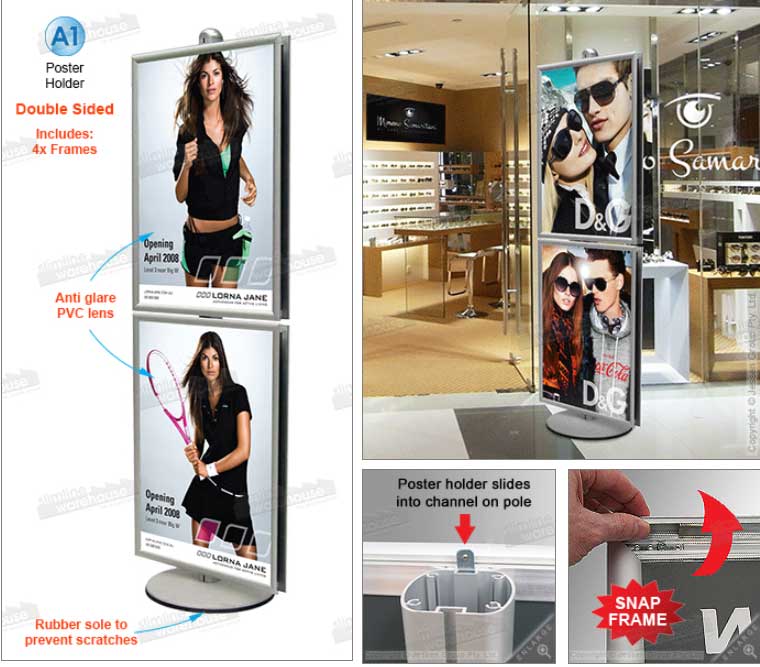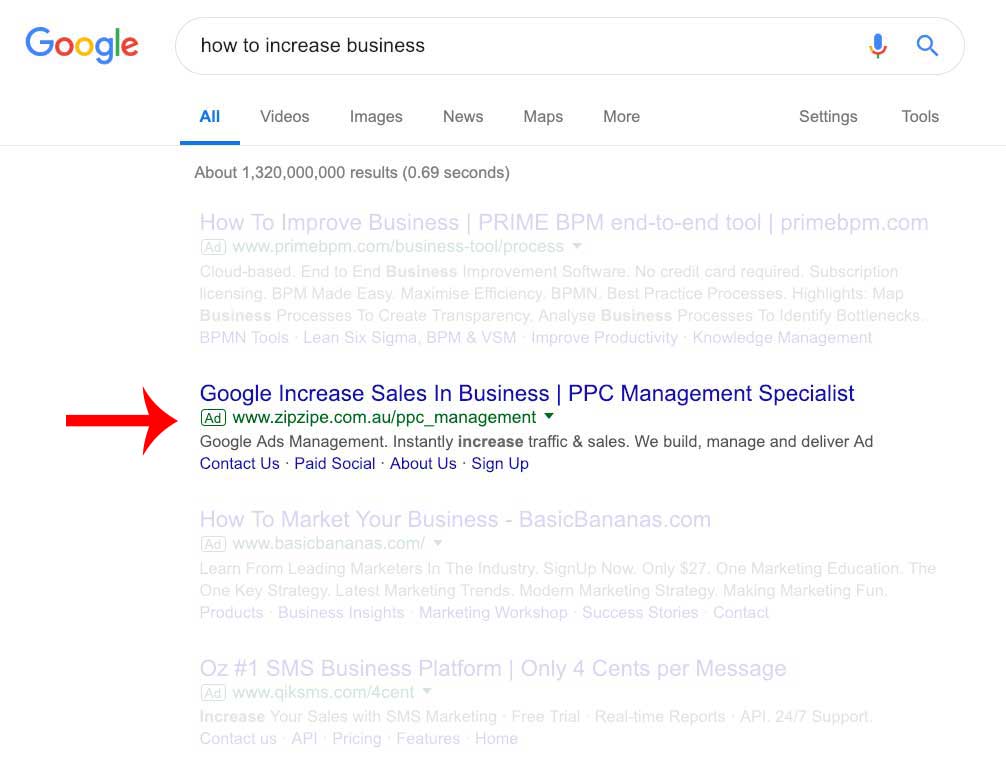You’ve created a product that you’re convinced will fly off the shelves, serve the needs of your target market, and make your competitors see you as a leading brand within your industry.
However, even the greatest products don’t sell themselves.
What really makes them such a success? An effective product marketing strategy.
In this post, we’ll tell you everything you need to develop a plan for marketing your new product.
From taking the time to properly research your market to understand how to create products you know they’ll love, read on to learn exactly what to do to take your product from an idea scribbled in a notebook to one of your company’s best-selling items.
What Is Product Marketing?
Before we begin, let’s first ensure that you’re clear on what exactly product marketing is.
There’s much more to creating an effective product marketing plan than just slapping a label on a product, sending out a singular email to let your market know it’s now in stock, and waiting to see what happens next.
Instead, it’s about ensuring that your customers, your sales team, your marketing strategy, and of course, the product itself, are all in perfect sync with one another.
In other words?
It’s not just about a product’s launch date — it’s about everything that happens before, during, and even after it.
To begin, you need to get to know your customer base on an incredibly deep level. Then, based on the knowledge you’ve accumulated, you enter the product development phase. The goal here is to create a product that fills the needs of your customers in a way that you know will appeal to them.
Only then do you begin the actual marketing process.
First, you need to attract customers to your product through a combination of online, print, and even in-person marketing. Then, you use analytics and data to ensure that you’re marketing to them in the right way. Finally, you use your sales team to actually close deals and make sales.
We know — the process sounds complicated at first.
That’s why it’s so essential to creating a methodical, step-by-step process that everyone involved in the product marketing strategy will refer back to and work from.
Now, let’s discuss the steps to take to ensure that developing your product marketing plan goes as smoothly as possible — and gives you the kinds of results you deserve.
Step One: Getting to Know Your Customer Base
When you’re developing your product marketing strategy, your customer base should inform every decision you make.
From the colour of your packaging to the social media channels you choose to concentrate your marketing efforts within, their opinion is the thing that matters the most.
But unless you take the time to study up on and anticipate the needs of your target market? Your product marketing strategy will not be a success.
So, how do you get to know your customer base, and what sort of information do you need to understand?
Create a Customer Profile
First of all, create a customer profile/persona of who you feel your product — and your brand as a whole — is for.
This is a fictional character that looks, thinks, needs, and feels like the average person who buys your products does.
You need to be as specific as possible here.
Know their age, gender, geographic location, values and lifestyle, level of education, possible career field, marital/family status, income, hobbies and interests, and of course, the current problems they’re dealing with.
The goal here is to help you to understand what resonates with your market, and even the specific kinds of language you’ll use when you create your marketing materials.
We suggest that you download this customer persona template to help you create the perfect profile.
Research Your Competitors
In order to create the most effective product marketing strategy possible, you need to get to know your competitors.
First of all, this is an excellent way to get insight into your target market — as chances are, you and your competitors are competing for nearly identical buyers.
Additionally, this will allow you to identify gaps and missing links in the products they have to offer — gaps that your product is able to fill in.
It also ensures that what you’re offering, and the way you plan to market is, is truly different than the products and strategies offered by your competition. You don’t want to simply create a version of the same thing they already sell. Your goal is to disrupt the market and make your product the best one on the market.
Additional Ways to Research Your Market
There are countless other ways to get to know your market.
You can create customer surveys (check out this guide to learn how) to get to know your market on a deeper, more subjective level.
You can meet with some of your current customers one-on-one to understand what they like about your brand and your products, and what they’d like to see more of in the future.
You can even comb through the comments on your blog posts, your social media profiles, and your customer reviews/testimonials.
Above all, don’t be afraid to engage with your market directly, whether in-person or online. The best way to know what your customers are like — and what they want from you — is just to ask.
Step Two: Develop a Winning Product
Now is the time to use the information you’ve collected about your market to understand what they’re looking for in a product.
You may decide to create an entirely new product, or you might upgrade or reinvent a popular current product so that it’s more in line with your market’s needs and wants.
There are lots of different elements to take into consideration in the product development phase.
First of all, ensure that it’s consistent with your brand as a whole, as well as with your mission as a brand.
For example, let’s say that you create hiking equipment with a focus on eco-friendly, affordable products. You’ve decided to expand your product line by offering a lightweight tent for hikers to sleep in.
- Will the materials you use to make this tent be eco-friendly?
- Are you able to offer the tents for an affordable price point?
- Will the tents be light enough for a single hiker to carry in their pack?
- How many people will be able to fit in the tents?
- What other accessories are you planning on including with the purchase of the tent, or offer as an add-on purchase?
These are all questions you need to be able to answer, especially as they relate to brand consistency.
Next, clearly define the goal of the product.
To continue with our tent example, is your goal to offer hikers tents with a high SPF? For those who will hike in seriously snowy environments? Or, do you need to create tents that will house as many people as possible?
Of course, you should also understand the cost of developing and selling your product. Now is the time to crunch the numbers, create a profit margin, and speak to vendors and companies that provide you with what you need to actually make the tents. Take a look at this post on how to properly define a new product budget.
Finally, know what’s “wrong” with similar products offered by your competitors. Perhaps users complain that the competitors’ tents are too heavy, or that they don’t hold up in the elements. Maybe they’re too expensive or don’t keep out bugs and other pests.
When you develop your product, make sure it fills in those gaps.
Step Three: The Marketing Process
Now, you’re ready to begin the marketing phase of your product development strategy.
In order to market your product in the strongest way possible, you should aim for a combination of print, in-person, and online marketing. Let’s take a look at some of the top ways to promote your products below.
Make sure you create a marketing budget that’s realistic, within your means, and allows for different kinds of marketing materials.
Print Marketing Ideas
When you’re developing your print marketing strategy, don’t make the mistake of neglecting print marketing.
Mail out brochures explaining the new features of your product. Consider placing an advertisement in your local newspaper or a popular magazine within your service area. Even investing in a few promotional products to help generate buzz about both your new product and your brand as a whole.
Though print marketing may not be the focus of your overall advertising strategy, it’s not something you should ignore.
Components of a Strong Digital Marketing Strategy
Though print and in-person marketing are important components of your advertising plan, digital marketing is the true backbone of your strategy.
First of all, consider investing in PPC marketing and other forms of Google Ads. This will help to ensure not just that your website and product pages end up at the top of search engine results, but also that your ads show up in searches your target market conducts.
In other words?
A strong PPC and digital marketing strategy help to make sure that the people who are the most likely to buy your products are shown your advertisements.
Next, consider other SEO factors, like keywords, link building, and even how quickly your website loads on both desktop and mobile devices. Now is also the time to develop a strong email marketing campaign strategy – use this guide to learn how to make it happen.
You’ll also need to develop a strong social media strategy.
Ensure that you know which social media platform prefers, and interact with your market as much as possible on it. This means responding to comments, liking and sharing photos, and even creating specific hashtags surrounding both the product and your brand as a whole.
Finally, always remember to consistently tweak and update your social media and digital marketing strategy as a whole based on the user data and analytics you collect. This will help you to be certain that your plan is always evolving along with the needs and behaviour of your target market.
Mastering In-Person Marketing
Depending on your company and the products you’re looking to market, there are several different types of in-person marketing tactics that you can try.
First, look for industry events and trade shows that you can attend. In addition to meeting with your target market — and competitors — face-to-face; these events are wonderful venues for an official product launch/debut.
You can also host in-house events, where your market can come into your office or even factory and take a tour. This will help to build up a sense of transparency and trust between yourself and your market.
Finally, we also suggest considering hosting a charity event, or even sponsoring a local sports team. This helps you to make instant connections with the local market and creates a sense of goodwill around your brand as a whole. Ensure that you pick a sport or charity that’s consistent with your products and your company’s mission/values.
You’re Ready to Develop an Effective Product Marketing Strategy
Now, you have all the tools and information you need to create a winning product marketing strategy.
Remember, it’s not about just knowing your customer base, just creating an excellent product, or just developing a strong advertising strategy. Instead, it’s about working towards a product marketing strategy that’s a seamless combination of all three.
And now I’d like to hear from you:
What’s your #1 takeaway lesson from this study?
Or maybe you have a question.
Either way, leave a comment below right now.



